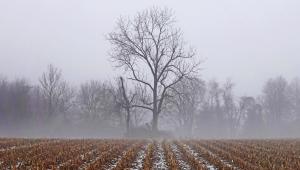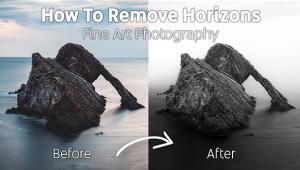iPhoto And Face Recognition; Inside Apple’s iLife For OS X 10.5.6
If you have been feeling like the machines are getting the best of you, or that automation is fast taking over your cognitive processes, you’re not alone. We now have Scene Recognition Exposure modes, autofocus that anticipates subject movement, and, with some of the latest software, programs that sort by recognition rather than just metadata. Such is the claim of Apple’s new iPhoto, found in their iLife software bundle, which can sort faces into groups or, if desired, Smart Albums. I considered this an invaluable tool to test, as I often make books from Apple’s Aperture after sorting out images using the Albums and Projects in that pro-level program, and any shortcut I can find would be most welcome.
 |
|
|
To use the latest version you need OS X 10.5.6 or later so I loaned a Mac Pro from Apple and got to work. To see how it could grab and recognize faces from a range of ages and file sources I put it to the test using images of three sisters who are about three years apart, so the youngest is six years younger than the oldest. I figured if iPhoto could figure them out it could deliver the goods for most face recognition projects.
The first stage is loading images into the iPhoto Library, which is easy to do with the File>Import command. I loaded from five sources—camera, USB memory stick, hard drive, auxiliary hard drive (Western Digital’s My Book Studio II), and CD/DVD. The downloads from the camera and drives were quick and easy, as fast as I am used to in other modern browser-type programs. The download from the CD/DVD on the Mac Pro tower was excruciatingly slow, so slow that I had to resort to Force Quit a few times to see if I had done something wrong. I called Apple and checked the various forums on the Internet. The spokesman thought it might be a problem with the CD or DVD I was using, which I had burned using a Mac G4 and Mac burn software. So I burned a new CD from my auxiliary drive on the Mac Pro. Then I tried to import from the CD into iPhoto and got the same slow reaction. Five minutes into it and not one shot showed on the progress bar.
 |
|
|
Here’s what I learned: If you have images on CDs and DVDs and run into this problem, my suggestion is to bring those images onto a drive and then into iPhoto. The CD/DVD route might cause you so much frustration that you might give up on the whole thing, which would be too bad. Once I loaded them first onto the desktop and then into iPhoto it all went swimmingly.
Once you get the images into the system you can start sorting faces. You begin by picking a face and naming it. You then ask the program to seek out other faces of similar nature in the set. If the program is not sure it will actually query you about a face, and in the case of the similar age ranges of the sisters it did this quite often. But that was not a problem as the query process is simple—it asks you to affirm or deny if the person it has selected is your named person in a simple one-click OK or two-click NO process. And, if there’s another face in the crowd it will ask you to ID it, and if you have selected this face and ID’d it before it will drop that name in once you type in the first letter or two.
 |
|
|
Overall, the face recognition went OK. There are two sisters (the youngest and oldest) who consistently confused the program, especially when their ages were similar. (These were images made over an eight-year period.) I also found that similar expressions from the siblings (scrunched up smiles, etc.) made for the most confusion. But lest you think that the confusion stopped there, it didn’t—I even got a cousin and the occasional complete stranger from soccer shots thrown into the mix. I then went on to the other sister and other folks. While the program certainly helps you pick out images with faces, and queries you if it does not recognize a face, it is not always 100 percent right, but you or I shouldn’t expect it to be, and the query process is a good backup.
- Log in or register to post comments

































